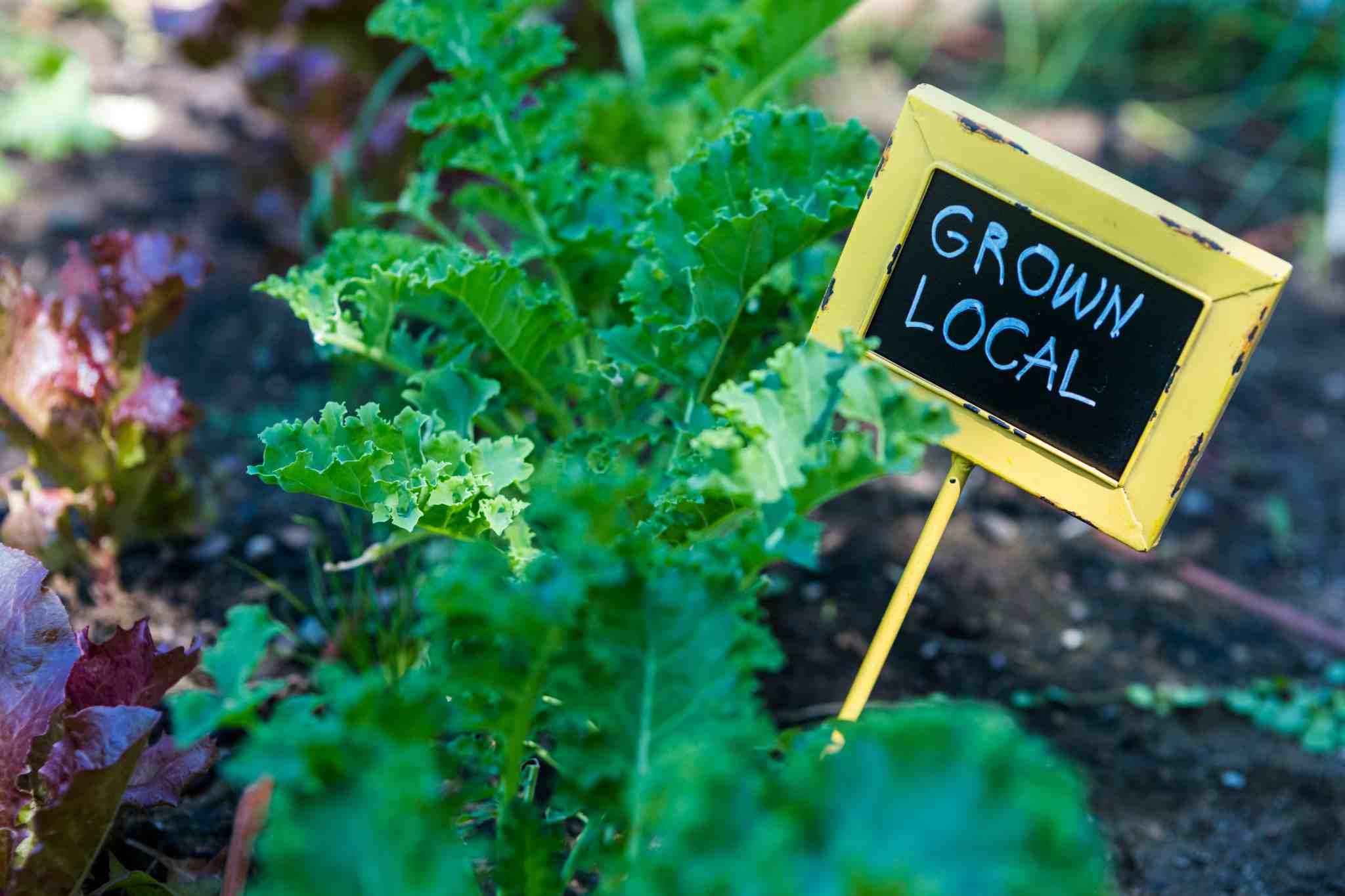If you’ve ever bitten into a just-picked strawberry still warm from the sun or sliced into a tomato so fragrant you could smell it across the kitchen, you know there’s something special about local food. The benefits of eating local food go far beyond taste — it’s about nutrient density, environmental responsibility, and a stronger connection to your community. Every time you choose a locally-sourced apple over an imported one, you’re making a choice that supports small farmers, reduces your carbon footprint, and puts fresher, healthier food on your plate.
Start with a Definition: What is Locally-Grown Produce?
Locally-grown produce refers to fruits, vegetables, and herbs grown and harvested close to where you live — often within 100 miles or in the same region. Instead of traveling thousands of miles from farm to table, your food comes straight from nearby farms, community gardens, or even your local farmers market.
What Are the Benefits of Eating Local Produce?
When you choose local, you’re getting more than just fresh flavor — you’re making a big impact on your health, your community, and the planet. Here’s why eating locally is worth it:
- Fresher, Better Taste. Produce that’s picked at peak ripeness and sold the same day (or within a few days) packs more flavor than supermarket items that have traveled for weeks.
- More Nutrients. The health benefits of eating local food are real. The shorter the time from harvest to plate, the more vitamins, antioxidants, and minerals your food retains.
- Seasonal Variety. One of the advantages of eating locally-grown food is the constant change in available produce. Eating what’s in season encourages you to try new recipes and flavors throughout the year.
- Supports Local Farmers and the Economy. Choosing locally-sourced food keeps your dollars in your community and helps sustain small farms — which often use more sustainable and regenerative practices.
- Smaller Environmental Footprint. If you’ve ever asked yourself, if eating local food lowers your carbon footprint? The answer is yes. Local produce travels shorter distances, meaning fewer transportation emissions — and less plastic and packaging waste.
Tips for Adding Locally-Grown Produce to Your Meal Planning
If you want to get the full benefits of eating local produce, start by making your local farmers market part of your weekly routine. Planning your meals around what’s in season ensures you’re eating the freshest options available while also keeping your menu exciting and varied. Another great option is to join a CSA (Community Supported Agriculture) program, which delivers a box of seasonal produce right to your door or offers regular pick-ups — it’s like having a surprise produce haul every week.
Even if you don’t have much space, you can grow your own herbs and greens at home. A sunny windowsill can provide a steady supply of basil, mint, or lettuce that adds bursts of flavor to your meals. To extend your enjoyment of local produce year-round, consider preserving the season by freezing berries, making tomato sauce, or pickling cucumbers.
Incorporating more local ingredients can also be as simple as swapping out one store-bought item in your favorite recipe for a local alternative. Over time, these small substitutions add up. And when you have an abundance of fresh produce, cook in bulk. Big batches of soups, salads, or stir-fries not only save time during the week but also help you make the most of your locally-grown haul before it loses its peak freshness.
Are There Disadvantages to Eating Locally-Grown Food?
While there are many benefits of local food, there are a few challenges to keep in mind. Often eating local produce means eating with the seasons and what is grown in your region. That means certain fruits and veggies may not be available year-round — and you may need to rely on preserved or frozen produce in the off-season. Local farmers also grow in smaller quantities, so that can mean higher prices compared to mass-produced imports, but many people find the flavor and quality are worth a little extra.
Final Bite
From better taste to a smaller carbon footprint, the advantages of eating local food make it a smart, satisfying choice. Keep in mind, it isn’t all or nothing. Whether you’re browsing your farmers market or joining a CSA, every locally-grown tomato, apple, or bunch of greens makes a difference.
Ready to bring local flavor into your own kitchen? Download A Better Meal for free and make meal planning a snap. You’ll get thousands of recipes to help you make the most of seasonal produce – and you can import your favorite recipes from anywhere, plus make your grocery list in an instant. Try it today!

